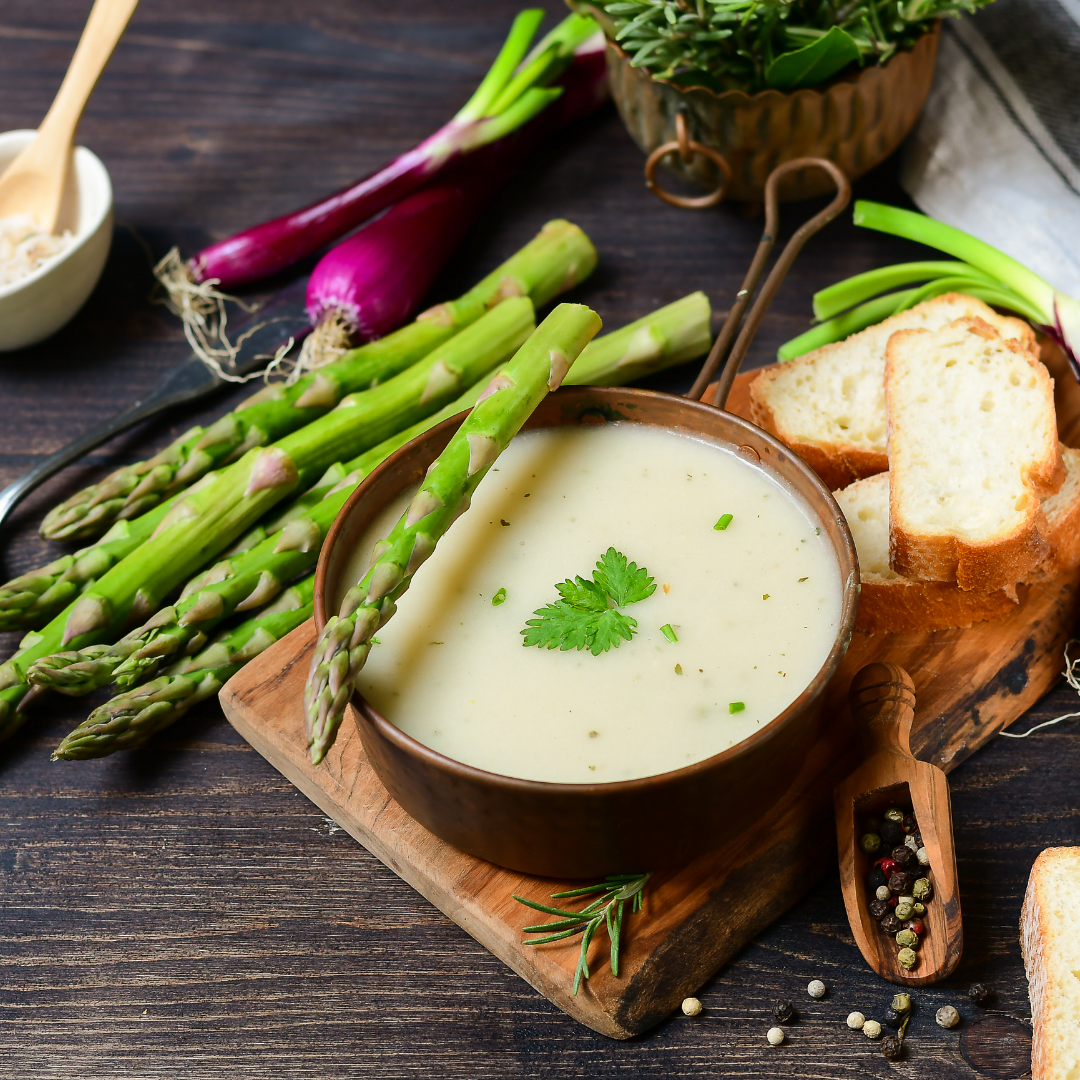What Ayurveda Practices are Best for this time of year?
Have you been feeling a little scattered, out of sorts and feeling like your to do list is never ending?
You’re not alone. What you’re probably feeling is the transition into the Fall season.
During this time of the year we have pitta running high as well as vata building and that comes to a head around late August/September for many of us.
How can you stay more grounded and find your balance?
Summer to Fall Practices
✔️Start reducing cold/raw foods to help aid in digestion. Remember digestion is Queen in Ayurveda.
✔️When you go outside cover your ears on cold windy days as that is the seat of vata and excess wind can contribute to a vata dosha imbalance.
✔️A warm oil massage and daily nasal lubrication can help with the drying qualities of the fall season.
✔️Room temperature water and CCF tea once more help with digestion. This time of year digestion can be a little out of sorts why not find your balance with easy to shift practices!

Transitioning from Summer to Fall: Ayurveda Practices for a Harmonious Shift
As the golden days of summer slowly fade into the crisp embrace of fall, our bodies and minds also undergo a subtle transition. Ayurveda, the ancient Indian system of natural healing, offers a wealth of wisdom to help us navigate this seasonal shift with grace and balance. By aligning our daily routines with the changing energies of nature, we can maintain our well-being and vitality as we move from the warmth of summer to the cooler, windier days of fall.
Understanding the Doshas: Pitta and Vata
In Ayurveda, each season is associated with specific doshas, or fundamental energies. Summer is governed by Pitta dosha, which is characterized by heat, intensity, and transformation. As we transition into fall, the Vata dosha begins to dominate. Vata is associated with air and ether elements, bringing qualities of coolness, dryness, and mobility.
The key to maintaining balance during this transition is to pacify the excess Pitta accumulated during the summer while also grounding the Vata energy that begins to rise in fall. Here are some Ayurvedic practices to help you smoothly shift from summer to fall.
1. Adjust Your Diet
From Cooling to Warming Foods:
During summer, cooling foods like cucumbers, melons, and leafy greens help to balance the Pitta heat. As fall approaches, gradually shift towards warming, nourishing foods to support Vata. Think of root vegetables, squashes, and cooked grains. Incorporate spices like ginger, cinnamon, and cumin to aid digestion and keep the body warm.
Embrace Healthy Fats:
Vata season can bring dryness, so it's essential to include healthy fats in your diet. Ghee, olive oil, and nuts are excellent choices to keep your skin and tissues lubricated and nourished.
Hydration is Key:
As Vata is drying, staying hydrated is crucial. Warm herbal teas, especially those with ginger or licorice, can be soothing and help maintain moisture levels in the body.
2. Tailor Your Daily Routine (Dinacharya)
Morning Rituals:
Start your day with practices that ground the Vata dosha. A self-massage (Abhyanga) with warm sesame oil can be deeply nourishing and calming. Follow this with a warm shower to enhance circulation.
Movement and Exercise:
Gentle, grounding exercises like yoga, tai chi, or walking are ideal as the season changes. Avoid overly strenuous activities that can aggravate Vata. Instead, focus on slower, mindful movements that keep you centered.
Mindful Breathing:
Pranayama, or yogic breathing exercises, can be particularly beneficial. Nadi Shodhana (alternate nostril breathing) is excellent for balancing the mind and body during this transitional period.
3. Sleep and Rest
Prioritize Rest:
As the days grow shorter, it's natural to feel the urge to slow down. Honor this by going to bed earlier and ensuring you get ample rest. Vata season can be erratic, so a consistent sleep routine helps maintain stability.
Create a Soothing Sleep Environment:
Keep your bedroom warm and cozy, and use calming scents like lavender or sandalwood to promote restful sleep. A warm cup of spiced milk before bed can also be a comforting ritual.
4. Mental and Emotional Wellness
Stay Grounded:
Fall's erratic energy can sometimes lead to feelings of anxiety or restlessness. Ground yourself with daily meditation or journaling practices. Spending time in nature, especially walking among the fall foliage, can also be deeply calming.
Embrace Routine:
Vata thrives on routine, so establish a daily schedule that includes regular meal times, exercise, and relaxation. Consistency is key to keeping Vata in check.
Warmth in Relationships:
As the season cools, make an effort to cultivate warmth in your personal relationships. Spend time with loved ones, share meals, and engage in heartwarming activities that foster connection.
5. Herbal Support
Ashwagandha and Shatavari:
These adaptogenic herbs are excellent for supporting the body's resilience during seasonal transitions. Ashwagandha helps to calm the nervous system, while Shatavari nourishes and rejuvenates.
Triphala:
This Ayurvedic blend of three fruits supports digestion and detoxification, which is essential as your body adjusts from the heat of summer to the coolness of fall.
Turmeric and Ginger:
These spices are anti-inflammatory and warming, making them ideal for staving off colds and flu as the weather changes.
Final Thoughts
Transitioning from summer to fall is a time of renewal and reflection. By tuning into the rhythms of nature and adjusting your lifestyle accordingly, you can maintain balance and harmony throughout the season. Ayurveda's holistic approach to seasonal transitions not only supports physical health but also fosters mental and emotional well-being. Embrace these practices to nourish your body, mind, and spirit as you welcome the beauty and bounty of fall.
Weekly Challenge:
What do you need to implement to find balance this season?

Craving a space to connect deeper?
I'm creating a program opening in October where we will go deep for 6 months. Tapping into movement, mindfulness and mother nature as medicine. This program is for the woman who has been feeling the call to embrace the subtle body, to do some deep inner work, who is tired of outsourcer her own power and happiness.
